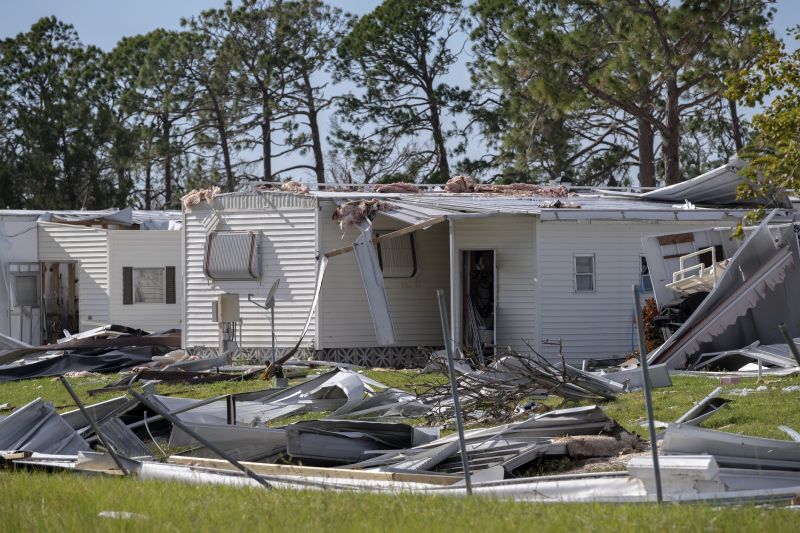Ultimate Storm Restoration Products For Efficient Damage Recovery
Choose from high-performance tools and supplies that streamline the restoration process after storm events.
 Storm restoration projects in Saint Paul, MN, require a comprehensive approach to repair and reinforce structures affected by severe weather events. Essential to these efforts are a variety of specialized products designed to address different aspects of storm damage, including roofing, siding, windows, and drainage systems. Selecting the right tools and materials can make a significant difference in the durability and longevity of restoration work, ensuring that properties are better prepared for future weather challenges.
Storm restoration projects in Saint Paul, MN, require a comprehensive approach to repair and reinforce structures affected by severe weather events. Essential to these efforts are a variety of specialized products designed to address different aspects of storm damage, including roofing, siding, windows, and drainage systems. Selecting the right tools and materials can make a significant difference in the durability and longevity of restoration work, ensuring that properties are better prepared for future weather challenges.
Top Overall Option
High-Performance Roofing System
A high-performance roofing system designed for storm resilience offers a combination of durable materials, advanced sealing technologies, and reinforced structures. These systems are engineered to withstand high winds, heavy rain, and hail, making them a reliable choice for storm-prone areas. Proper installation and quality materials can contribute to improved safety and longevity, helping properties recover more effectively from storm damage.
Types of Products For Storm Restorations
Impact-Resistant Windows
Windows designed to withstand impact from debris and high winds, reducing the risk of breakage during storms.
Storm-Resistant Roofing Materials
Roofing options built to endure severe weather conditions, including high winds and hail.
Reinforced Siding
Durable siding materials that resist water intrusion and damage from storm debris.
Flood Barriers and Sandbags
Temporary and permanent solutions to prevent water intrusion during flooding events.
Sump Pumps
Systems designed to remove accumulated water from basements and crawl spaces.
Gutter Guards and Downspouts
Products that improve water drainage and prevent clogging during heavy rains.
Storm Doors
Reinforced doors that provide additional protection against high winds and flying debris.
Sealants and Waterproof Coatings
Materials used to seal cracks and prevent water penetration in vulnerable areas.
Emergency Generators
Portable power sources to maintain essential functions during outages caused by storms.
Structural Reinforcement Kits
Components designed to strengthen existing structures against storm forces.
Storm Shutters
Protective coverings for windows and doors that can be quickly deployed during storms.
Dehumidifiers
Devices to control indoor humidity levels after storm-related water intrusion.
Waterproof Flooring
Flooring options resistant to water damage, suitable for basements and ground floors.
Roof Ventilators
Ventilation systems that improve airflow and reduce moisture buildup in roofing structures.
Temporary Fencing and Barriers
Solutions to secure damaged areas and prevent unauthorized access during restoration.
Popular Choices
Widely used for their ability to withstand storm debris impact and high winds.
Commonly selected for their durability against severe weather conditions.
Frequently employed during flood events to protect properties from water intrusion.
Popular for maintaining effective drainage during heavy rainfall.
Chosen for rapid deployment to secure windows and protect interiors.
Essential in flood-prone areas for removing excess water from basements.
Commonly installed to improve exterior resilience against storm damage.
Used to seal vulnerable areas and prevent water leaks after storms.
Often selected to ensure power continuity during outages.
Popular for enhancing existing building strength against storm forces.
Frequently used after water intrusion to prevent mold growth.
Commonly installed to improve attic ventilation and reduce moisture buildup.
Effective storm restoration involves not only repairing visible damage but also reinforcing vulnerable areas to withstand future storms. This often includes installing high-quality roofing materials that can resist high winds and heavy rain, as well as durable siding options that prevent water intrusion. Windows and doors should be replaced or reinforced with storm-resistant models to improve safety and energy efficiency. Additionally, proper drainage solutions such as sump pumps and rainwater management systems are vital to prevent water accumulation and flooding.
In Saint Paul, MN, where weather patterns can be unpredictable, choosing products that are tested for resilience and compatibility with local conditions is crucial. Restoration projects also benefit from products that are easy to install and maintain, reducing long-term costs and effort. Whether working on residential or commercial properties, a well-rounded selection of storm restoration products can help ensure comprehensive protection and swift recovery after severe weather events.
Key Buying Considerations
- Assess the specific storm risks in your area, such as high winds, hail, or flooding, to select appropriate products.
- Look for products with proven durability and resistance ratings suitable for severe weather conditions.
- Ensure compatibility with existing structures for seamless installation and performance.
- Consider ease of installation and whether professional help is required for certain products.
- Evaluate maintenance requirements to ensure long-term effectiveness and cost-efficiency.
- Check for certifications or standards that validate the product’s storm resistance capabilities.
- Determine the appropriate size and capacity based on the property’s dimensions and needs.
- Prioritize products with reliable sealing and waterproofing features to prevent water intrusion.
- Review user feedback and ratings to gauge real-world performance and satisfaction.
- Plan for future upgrades or additions to enhance overall storm resilience.
- Consider the aesthetic impact and how the products integrate with the property’s design.
- Factor in local building codes and regulations related to storm restoration products.
- Estimate installation costs and potential savings from choosing durable, long-lasting options.
- Evaluate the availability of replacement parts and ongoing support from manufacturers.
- Think about the environmental conditions, such as temperature extremes, that may affect product performance.
